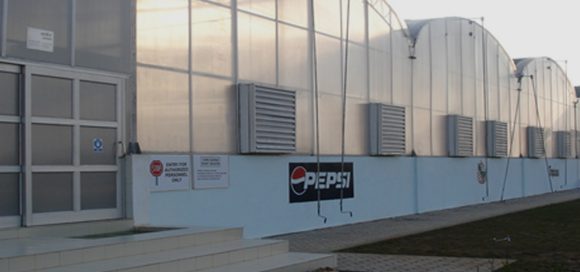
Aeroponics is a method of growing plants that, like hydroponics, does not use soil and exposes the roots to the air. Saveer’s Aeroponics system is gaining popularity because plants grow up to 45% faster than in traditional in-soil farming methods and produce that is cleaner, safer, tastier, and more aromatic. This facility aids in reducing the cropping time of the potato crop. At the same time, production is increased by approximately six fold. Potatoes are a cash crop and an important part of the world’s diet. Potato production in developing countries is severely hampered by low soil fertility, soil-borne diseases, poor water quality, and pests. To improve potato quality and production, the modern world must improve potato cultivation techniques. The main goal of this facility is to produce quality virus-free potato plants, which will boost the state’s potato production quality.
Aeroponic farming is a soilless farming technique that allows for faster crop growth while using less water and other resources. It is comparable to hydroponic farming. This method can also be used to cultivate underground tubers such as potatoes. There are numerous benefits to practising aeroponic farming. It not only solves the problem of land scarcity, but it also increases yield by up to tenfold. It uses less water and nutrients, lowering farming costs even further. The potato plant grows in a closed environment, with the plant facing up and the roots below. At the bottom, water fountains are installed, where nutrients are mixed and transported to the roots. In short, the plant receives sunlight from above and nutrients from below, just like on land. Aeroponics cultivation is a soilless culture alternative that can effectively adapt to areas of the world where soil and water are in critical condition. Furthermore, in most developing countries, this technology should be implemented after careful consideration in order to increase potato production.